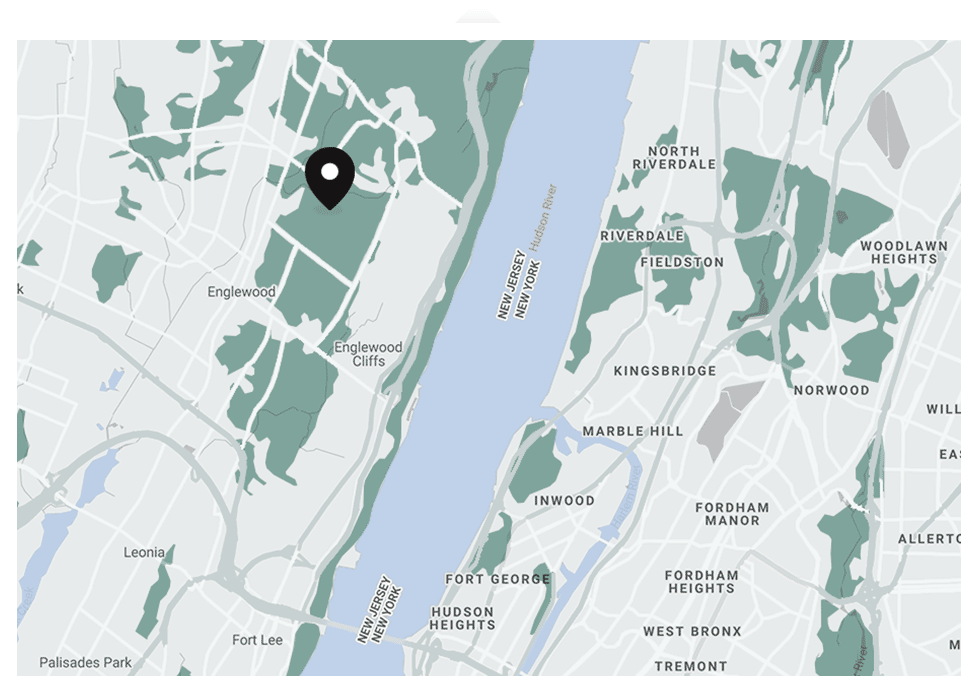In fifth grade, our students can join the Robotics Club. With access to 3D printers, laser cutters, and everything in our STEAM labs, the students can identify simple tasks for robots and start building them.
At The Elisabeth Morrow School, Students Can Study robotics.
About STEAM at EMS
STEAM (Science, Technology, Engineering, the Arts, and Mathematics) curriculum is embedded in every age group and every subject.
Integrating technology, understanding how machines work, and being given the space to explore materials and tools are all essential parts of STEAM learning. In Chilton House (Age 2–Kindergarten) students make use of our science and technology lab, called Exploration Alley, and also use our 14-acre campus as a classroom for environmental science. The Little School (Grades 1–4) makerspace, called Innovation Alley, provides both optional and subject-dependent explorations of technology through design thinking, process literacies, and engineering. The Morrow House (Grades 5–8) makerspace provides both optional and subject-dependent explorations of technology through design thinking, process literacies, and engineering.
Students make connections within the STEAM disciplines and core subject areas, learn to work collaboratively with one another, help solve real-world problems, and actively participate in the engineering design process. Lessons and projects are aligned to connect to areas of study at their grade level. The overall goal of these processes and lessons is to enrich each student’s understanding of their local environment and encourage compassion and creativity to make the wider world a better place. Students are often able to develop projects according to their individual interests.
Related STEAM activities to try at EMS


EMS prepares students for an impressive range of top-tier secondary schools.
Our students cultivate the ability to learn, think, explore, empathize, and lead. They graduate with the ability, mindset, and competencies to navigate a global world and are well-prepared to face an unknowable future.
EMS students are accustomed to a rigorous academic environment and welcome the demands of competitive secondary schools. They are often placed in advanced sections where they perform very well.
